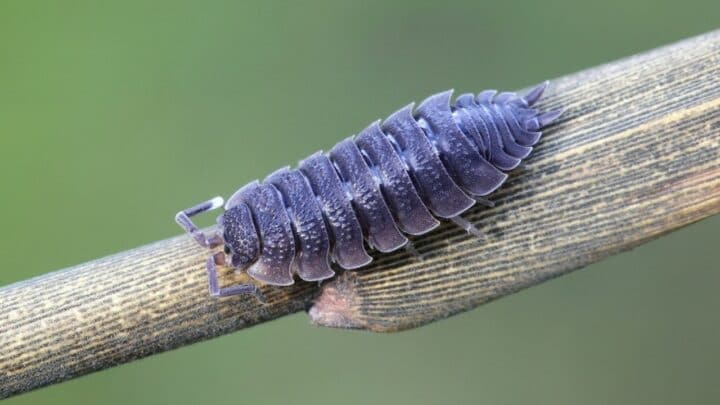The word “Isopod” is derived from two Greek words, “Iso” meaning “similar or equal” while “pod” means “foot.”
Isopods are a vast and varied crustacean order. They are found all over the world in a variety of marine, terrestrial, and freshwater habitats.
According to scientists, more than 10,000 isopod species are marine. The species can be found in all kinds of water bodies, from shallow water to the deep seas.
Also, Isopods can have a significant economic impact as marine wood borers and commercially fished parasites.
Although commonly known as isopods, other common names for the species are “aquatic sow bug” and “water slater.”
It is not only a large group of animals, but it is also an ancient one. The fossil record is moderately good. The oldest fossils date back about 325 million years.
They are chiefly scavengers and a significant prey for many groundwater aquatic predators like crayfishes, cavefishes, and salamanders.
But, can isopods climb? We’ll find out more about that answer in this text, so better keep reading.
Can isopods climb?
Isopods can climb. Whether they’re fast or slow climbers, they can perform the said activity. Even if you place obstacles in front of them, these little crustaceans won’t have trouble going over them. However, they can’t climb over materials made of plastic. That’s why most isopod collectors use plastic containers to house them.
What materials can isopods climb on – Find out here
Isopods are, well, some of them are fast climbers while others are just slow in the process.
However, the species have no trouble climbing along with the obstacles, such as a silicone joint within a terrarium where the barriers are made according to the isopod
Isopods definitely cannot climb plastics, and that is the reason why most isopod owners and collectors prefer plastic containers.
So in case you are concerned about whether they will climb the containers and try to escape, that won’t happen.
Isopod movements
Isopods have 14 legs in total, and all function the same.
This differentiates them from closely related organisms that have legs modified to perform various functions, such as feeding, grasping, walking, feeling, and so on.
A pill bug that is part of a woodlice family moves slowly and finds it difficult to get back into the posture if rolled over. In comparison, the woodlouse moves quite swiftly.
How to take care of isopods
Isopod care is simple, cheap, and requires very little care.
Isopod pets are most commonly kept in an airtight plastic container with a locking lid.
Keep the size of the container appropriate for the number of isopods you want to keep. Then, inside the plastic container or reptile habitat you’ll use, you’ll need some substrate that is about 2 to 6 inches in thickness.
Dividing the plastic container into two parts, damp and moist, will also help the isopods in selecting their habitat.
Every species of isopod has different humidity requirements, so better do thorough research on the specific species you want to keep as your pet!
Make sure your moss stays damp. If the moss dries out, your isopod pets will perish. Every 4-5 days, we spray the isopod containers to avoid this from happening.
The substrate change should be scheduled after every 4-6 months. For food, you can put a piece of lettuce or potato or any other veggie that suits them the best.


